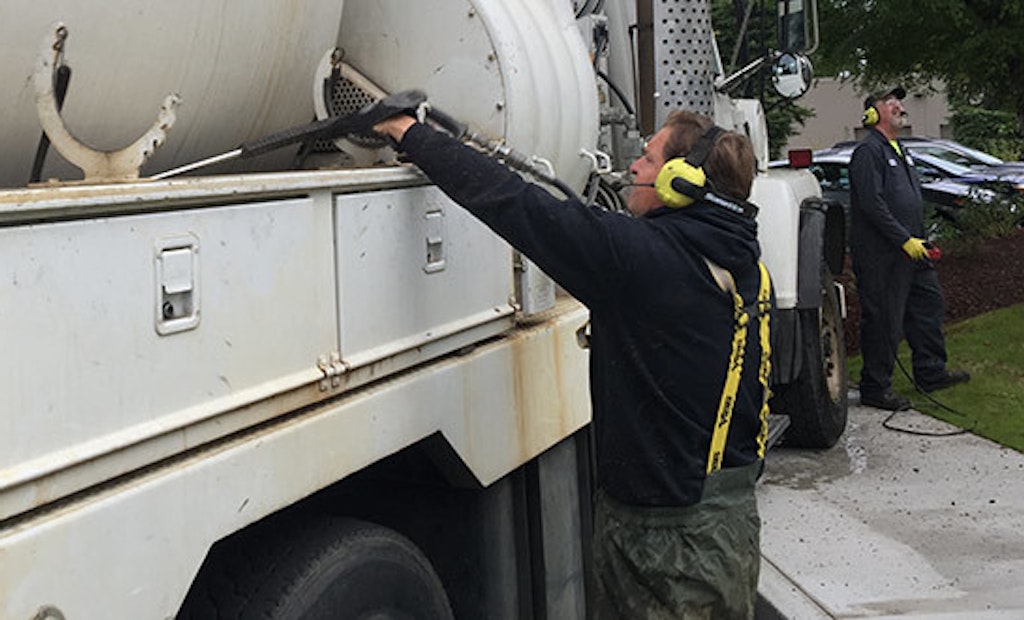Interested in Trucks?
Get Trucks articles, news and videos right in your inbox! Sign up now.
Trucks + Get AlertsCity and municipal workers who keep our streets and sewers operational are experiencing isolation on the job because of the nature of their tasks and the tools they use:
- Using ear plugs blocks out all outside sounds
- Working in remote parts of the job site disconnects them from the team
- New crew members find it even more difficult to effectively work together when they can’t hear
City employees need a culture of communication based on the fundamentals to overcome these obstacles and keep everyone linked up.
Knowing the safety risks
An ongoing attitude of safety calls for vigilance — staying alert to potential hazards and calling it out when you see it. Being prepared for known risks and buddying up gives your team added protection.
Equip your crew with wireless communication devices so no one gets detached from the group. Reliable gear gives confidence that anyone can be heard, even over loud noise. Look for a system that won’t have a speech delay or clip critical words that would alter the message.
Job site setup
Establishing a line of sight when possible keeps more sets of eyes on each other. Culvert-clearing workers use this to their advantage when they’re able to position the hydroexcavator in a way that allows for visual proximity to each other. This creates a couple of advantages:
- It’s easier to coordinate work, like managing needed water pressure changes
- They’re able to react to more serious situations such as a car jumping the traffic cones. It happens.
But line of sight has obvious limits. The right wireless headset system will offer clear communication even when workers aren’t in view of each other. Better even, when armed with Listen-Through technology, the user is able to maintain situational awareness of their surroundings by controlling how much outside sound he can hear. Our sense of hearing keeps us in touch with our environment.
Improve and accelerate training
Ongoing training is more common these days, not just for new hires, but also in cross-training as departments respond to a need for more staffing flexibility.
Obstacle to learning: A lack of clear and continuous feedback.
The solution: Immediate interactions, early and often.
New skills develop more quickly through prompt advice and repetition. When your training program operates around noisy equipment or distance is a factor, grab the headsets. Supervisor and trainee are able to talk normally; no yelling required.
Problem-solving equals productivity
Every work task is really about solving a problem. With effort, most are anticipated and your crew is prepared with the manpower and tools to see it through. And then there are the surprises. Being able to work a problem together helps a team get to the bottom of a situation:
- What’s the identified problem and how do we confirm it?
- What’s the best way to solve the problem right now?
Imagine being able to manage an issue without having to walk away from the equipment in order to hear. What would that mean for you and your crew?
Invest in a durable communication system that’s easy to use. Avoid systems with cords or antennas that are likely to become tangled and damaged. Tools that are intuitive and available get used — the rest stay in the truck.
Dodge isolation: Stay aware and share
A crew that communicates well has open conversations in the same ways they talk to their non-work friends. When you overhear occasional chatter about sports, cars or kids, you know that everyone is also able to hear and talk when it really counts.
Learn more about which communication technology is right for your team.






